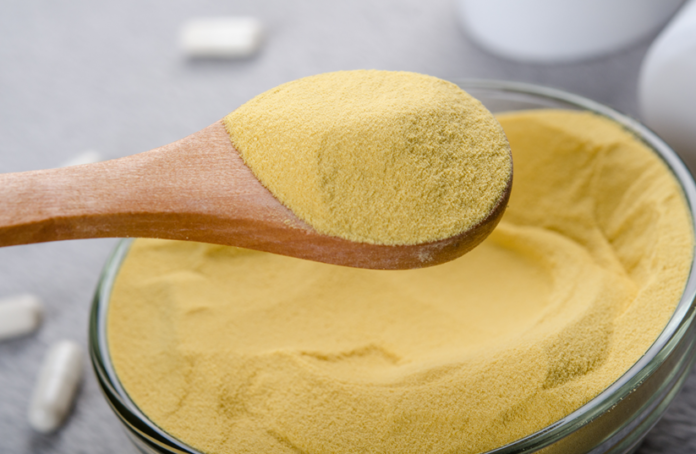Yeast extract, a culinary marvel derived from the fermentation of yeast cells, has become a secret weapon in the kitchens of chefs and home cooks alike. Beyond its role as a rising agent in baking, yeast extract adds a depth of flavor and complexity to a wide range of dishes. This article delves into the science behind yeast extract and explores how its versatile applications can elevate your cooking game, transforming ordinary recipes into extraordinary culinary experiences.
Read more about Campfire Cooking
Contents
The Science of Yeast Extract
Yeast extract is a concentrated paste or liquid obtained from the autolysis, or self-digestion, of yeast cells. The process involves breaking down the cell walls of yeast through enzymatic activity, releasing a plethora of flavorful compounds. The primary components contributing to the distinctive taste of yeast extract include amino acids, nucleotides, and other savory molecules.

Amino Acids
Amino acids are the building blocks of proteins, and yeast extract is rich in free amino acids resulting from the breakdown of proteins during autolysis. This abundance of amino acids contributes to the umami flavor, creating a savory and satisfying taste profile.
Nucleotides
Yeast extract is a treasure trove of nucleotides, such as guanosine monophosphate (GMP) and inosine monophosphate (IMP). These compounds enhance the umami taste by synergizing with amino acids, intensifying the overall flavor experience.
Maillard Reaction
When yeast extract is heated, the Maillard reaction occurs, leading to the development of complex flavors and aromas. This reaction, which is responsible for the browning of foods, adds depth and richness to dishes, making them more enticing to the palate.
The Art of Yeast Extract in Cooking
Umami Boost
Yeast extract serves as a natural umami enhancer, intensifying the savory notes in a variety of dishes. Adding a small amount of yeast extract to soups, stews, and sauces can elevate the overall taste, creating a more robust and satisfying flavor profile.
Vegetarian and Vegan Cuisine
Yeast extract is a staple in vegetarian and vegan cooking, providing a meaty, umami-rich flavor without the need for animal products. It is often used to enhance the taste of plant-based dishes, such as vegetable broths, gravies, and meat substitutes.
Flavorful Marinades
Incorporating yeast extract into marinades for meats, poultry, or vegetables can impart a deep, savory flavor. The complex taste profile of yeast extract enhances the marinating process, infusing dishes with layers of deliciousness.
Savory Spreads and Dips
Yeast extract can be the star ingredient in savory spreads and dips. Mixed with herbs, spices, and other flavor enhancers, it creates a delicious base for spreads on bread, crackers, or as a dip for vegetables.
Bold Baking
While yeast extract is a key player in savory dishes, its applications extend to baking as well. Adding a small amount to bread and pastry doughs can enhance the overall flavor profile, resulting in a more complex and delicious end product.
Conclusion
Yeast extract is a versatile ingredient that marries the realms of science and art in the culinary world. Understanding the science behind its rich flavor profile allows chefs and home cooks to harness its potential for transforming everyday dishes into gastronomic delights. From boosting umami to contributing to the Maillard reaction, yeast extract has earned its place as a valuable tool in the kitchen, offering a myriad of creative possibilities for those seeking to elevate their cooking game.



